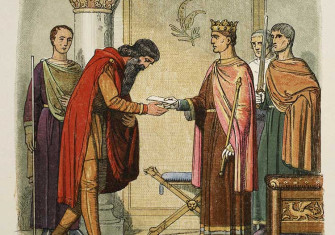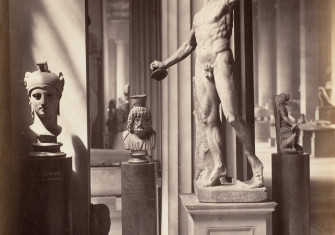Do all revolutions end badly?
Four historians consider the desirability of profound political change and the methods used to attain it.

1917 shows how revolutions incubate extremes
Daniel Beer, Reader in Modern European History at Royal Holloway, University of London
In September 1916, the liberal politician Vasily Maklakov compared Russia to an automobile being driven by a mad chauffeur. The passengers recognise that they are being driven to their doom, but no one dares seize the steering wheel for fear of causing a crash. The 1917 February Revolution was, in part, a desperate attempt, finally, to grab the wheel. Liberal reformers hoped that a political revolution would be able to pre-empt a social revolution and a collapse into civil unrest. Freed from the dead hand of the autocracy, Russia would then fight the war to a successful conclusion. A new republic promised political rights for all; the tricky business of land reform could be shelved for a later date.
But in a matter of months, the Bolsheviks seized power and then dissolved Russia’s first fully democratic parliament. What followed was a brutal civil war that devastated the country and saw the emergence of a murderous dictatorship.







